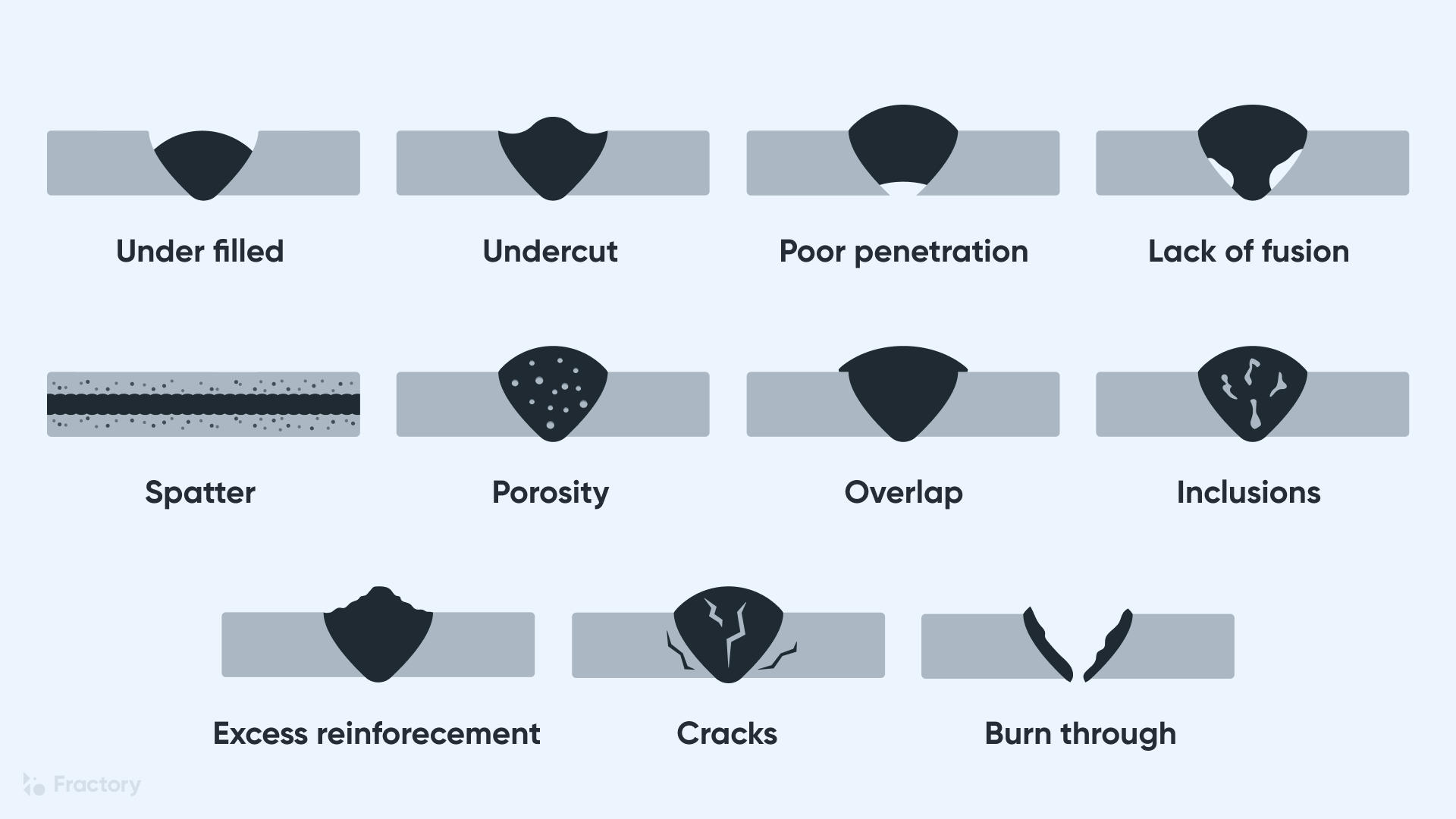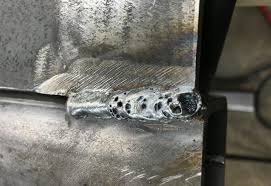How to Identify What is Porosity in Welding and Improve Your Technique
Wiki Article
Understanding Porosity in Welding: Checking Out Causes, Effects, and Avoidance Techniques
Porosity in welding is a relentless obstacle that can considerably affect the quality and integrity of welds. As experts in the welding sector are aware, comprehending the reasons, results, and avoidance strategies associated with porosity is crucial for achieving robust and reliable welds. By diving right into the source of porosity, examining its harmful effects on weld quality, and exploring reliable prevention strategies, welders can enhance their expertise and abilities to create top notch welds constantly. The elaborate interplay of factors adding to porosity needs an extensive understanding and a proactive approach to make certain effective welding outcomes.Usual Root Causes Of Porosity
Contamination, in the type of dust, grease, or rust on the welding surface, produces gas pockets when heated up, leading to porosity in the weld. Incorrect protecting happens when the shielding gas, typically used in processes like MIG and TIG welding, is not able to fully safeguard the molten weld pool from responding with the bordering air, resulting in gas entrapment and succeeding porosity. Furthermore, insufficient gas protection, typically due to incorrect flow rates or nozzle positioning, can leave parts of the weld vulnerable, allowing porosity to form.Results on Weld Top Quality
The existence of porosity in a weld can substantially compromise the total quality and honesty of the welded joint. Porosity within a weld produces spaces or tooth cavities that deteriorate the framework, making it a lot more at risk to fracturing, deterioration, and mechanical failing.In addition, porosity can hinder the efficiency of non-destructive testing (NDT) methods, making it testing to discover various other problems or discontinuities within the weld. This can cause significant safety and security worries, specifically in vital applications where the architectural integrity of the bonded parts is critical.

Avoidance Techniques Introduction
Given the destructive effect of porosity on weld top quality, efficient avoidance techniques are critical to preserving the architectural integrity of bonded joints. One of the main avoidance methods is detailed cleaning of the base products prior to welding. Contaminants such as oil, grease, corrosion, and moisture can add to porosity, so making certain a clean job surface area is vital. Correct storage of welding consumables in completely dry problems is also vital to avoid wetness absorption, which can bring about gas entrapment during welding. Furthermore, picking the appropriate welding specifications, such as voltage, existing, and take a trip speed, can assist lessen the risk of porosity formation. Making sure ample shielding gas flow and protection is an additional critical prevention strategy, as inadequate gas insurance coverage can result in climatic contamination and porosity. Lastly, correct welder training and qualification are necessary for executing safety nets effectively and regularly. By including these prevention strategies right into welding techniques, the event of porosity can be significantly minimized, leading to stronger and more dependable welded joints.Importance of Correct Protecting
Proper securing in welding plays an essential function in avoiding climatic contamination and What is Porosity making sure the stability of welded joints. Securing gases, such as argon, helium, or a mix of both, are commonly made use of to safeguard the weld pool from responding with elements airborne like oxygen and nitrogen. When these responsive elements come right into contact with the warm weld pool, they can create porosity, causing weak welds with decreased mechanical properties.
Inadequate shielding can result in various flaws like porosity, spatter, and oxidation, jeopardizing the structural integrity of the bonded joint. Sticking to correct securing techniques is necessary to create high-quality welds with very little defects and guarantee the long life and reliability of the bonded components.
Tracking and Control Approaches
How can welders successfully monitor and regulate the welding procedure to make certain optimal results and protect against flaws like porosity? One trick method is with using sophisticated surveillance modern technologies. These can include real-time tracking systems that provide comments on criteria such as voltage, current, travel speed, and gas circulation prices. By continually keeping track of these variables, welders can determine variances from the ideal conditions and make immediate modifications to stop porosity formation.
In addition, applying correct training programs for welders is necessary for checking and managing link the welding procedure efficiently. What is Porosity. Informing welders on the significance of maintaining consistent criteria, such as correct gas securing and take a trip speed, can assist avoid porosity issues. Normal assessments and certifications can also guarantee that welders are competent in monitoring and controlling welding procedures
Moreover, using automated welding systems can enhance surveillance and control abilities. These systems can precisely manage welding criteria, minimizing the possibility of human error and guaranteeing constant weld high quality. By combining innovative tracking technologies, training programs, and automated systems, welders can successfully keep track of and manage the welding procedure to lessen porosity problems and attain top notch welds.
Final Thought

Report this wiki page